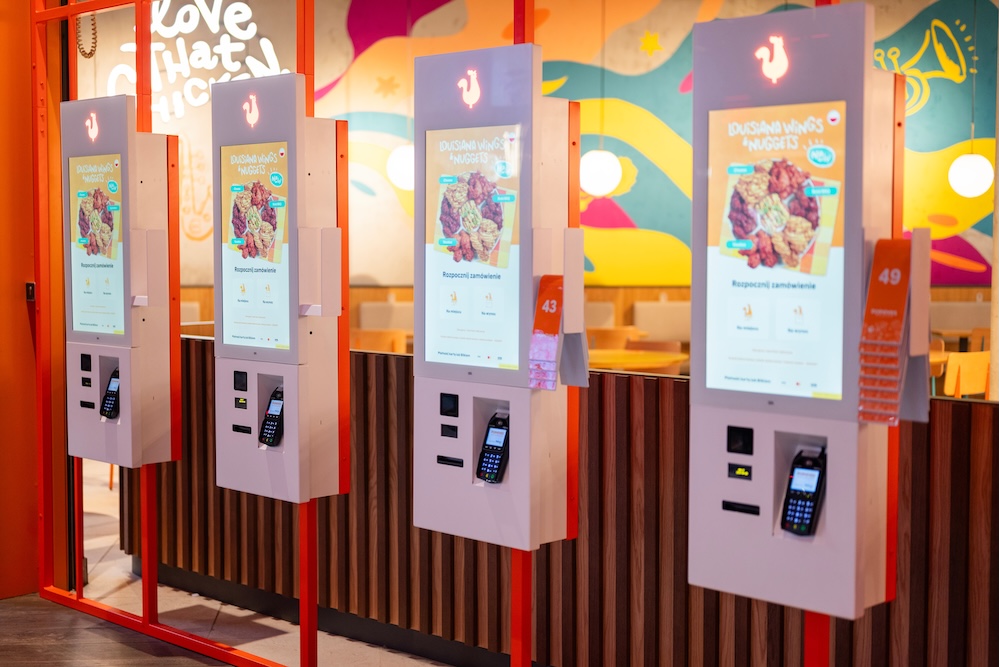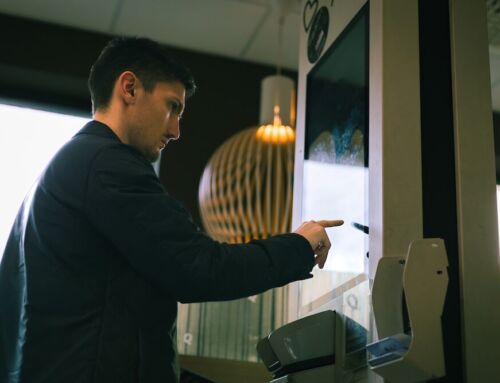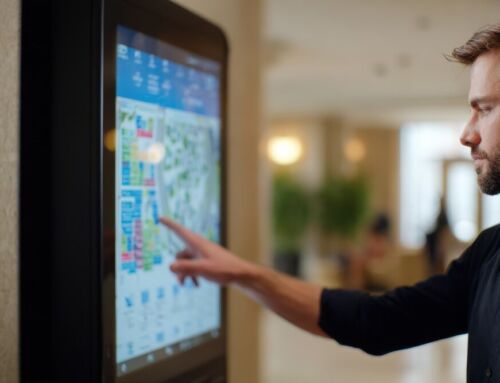When most new customers approach us to talk about introducing kiosks to their business, there’s one particular part above all others they want to talk about. The touchscreen.
What size touchscreens do you offer? What type are they, how responsive are they, how resilient are they to wear and tear? These and questions about a whole host of other touchscreen specs are often the focus of early conversations.
And we completely get it. Touchscreens are, after all, the primary interface between kiosk and user. Whatever services you want to deliver through a kiosk, you deliver them through the touchscreen. How well your touchscreen functions fundamentally shapes the quality of the kiosk experience.
We’re happy to geek out over touchscreens with the best of them. But during such conversations, especially with new clients, we also like to gently steer attention towards the other components that a kiosk can include. Particularly towards those known in the industry as peripherals.
The term ‘peripheral’ means an optional component that you don’t need to run a kiosk, but functions as an added extra. Examples include things like scanners and card readers, cameras and payment consoles. You can run a kiosk with none of these – a touchscreen alone may be perfectly adequate for an information kiosk, for example.
But just because peripherals are not essential to a kiosk doesn’t mean they should be on the periphery of your thinking. Depending on what you want a kiosk for, these components can make all the difference to the quality of the experience you offer.
Centring speed and convenience
This is especially true of peripherals when they are chosen to make using a kiosk easier, quicker and more convenient to use. We all know what the modern consumer is like. Everything has to be done 10 minutes ago. Anything fiddly or awkward or that hints of causing a delay, they’re likely to walk away rather than persist with it.
As business owners, you have to do all you can to meet this demand for immediacy and convenience. Not doing so means losing customers. When it comes to kiosks, your choice of peripherals can make a big difference.
An obvious example is adding contactless payment readers to self-checkout kiosks. Then again, contactless payment is expected everywhere these days. Precisely because it is quick and convenient.
Sticking with the example of self-checkout, a friction point that many of us are all too familiar with in supermarkets is items not scanning properly, and having to wait for an assistant to help. This defeats the point of self-service and makes shoppers very frustrated. So far from being ‘peripheral’ to the experience, the quality of the bar code or other scanners you use is absolutely essential.
This carries through to identification and authentication. Again, say a customer wants to use their loyalty card at a checkout kiosk, but the card doesn’t scan. More frustration, more risk of a customer looking elsewhere next time. The type and quality of card reader can make all the difference.
You can apply the same logic to ticket readers in everything from transport hubs to event venues, or to ID and other document readers in premises access and passport control. It’s all about delivering the most convenient experience possible, as reliably as possible.
And the final word on that should really go to the growing popularity of biometric readers as kiosk peripherals. Whether it’s fingerprint scanners or facial recognition cameras, removing the need to even fish out a loyalty card or an ID document or, looking forward into the future perhaps, a form of payment, shaves a few more precious seconds off for the user. And as we keep on saying, speed keeps the customer satisfied.




